What PR Pros Need to Know About the Influential Reuters Digital News Report 2025
The annual Digital News Report by the respected Reuters Institute for the study of Journalism (RISJ) was published yesterday (17 June 2025).
While journalists and media mavens will pore over the findings to fine-tune their editorial and commercial strategies, the takeaway for corporate PR professionals will look a little different.
This article aims to give you the lowdown on what the Reuters Digital News Report means for your public relations strategies, and to provide more context from a digital and social media perspective.
Click for full reuters report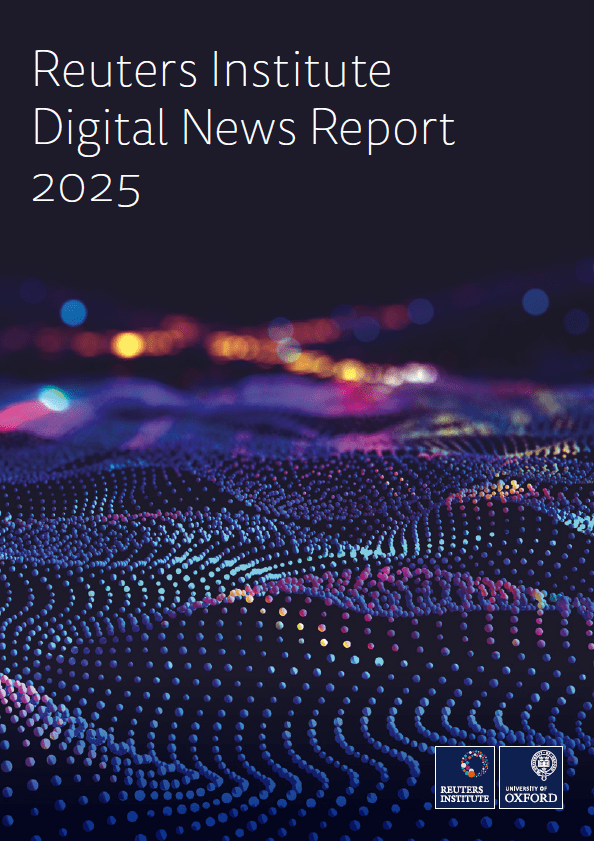
Where do Britons get their news from? Digital channels
The UK news landscape is online-led and mobile-first. By a clear margin, and with a consistent trend over the past decade, British people typically get their news from digital channels. These include news website/apps, social/video networks, news podcasts or (now) AI chatbots.
For anyone in the PR industry this is unlikely to be a surprise.
It also won’t affect the media relations function in terms of journalist outreach. If corporate news is the same ingredient, and the journalist creates a news ‘dish’ from that ingredient, all the data tells us is where people prefer to consume it; online.
But wait!
The fragmented media landscape poses opportunities for how we present the corporate news ingredient, so it can be used in a wider array of dishes. (Okay, I am really stretching this analogy now!).
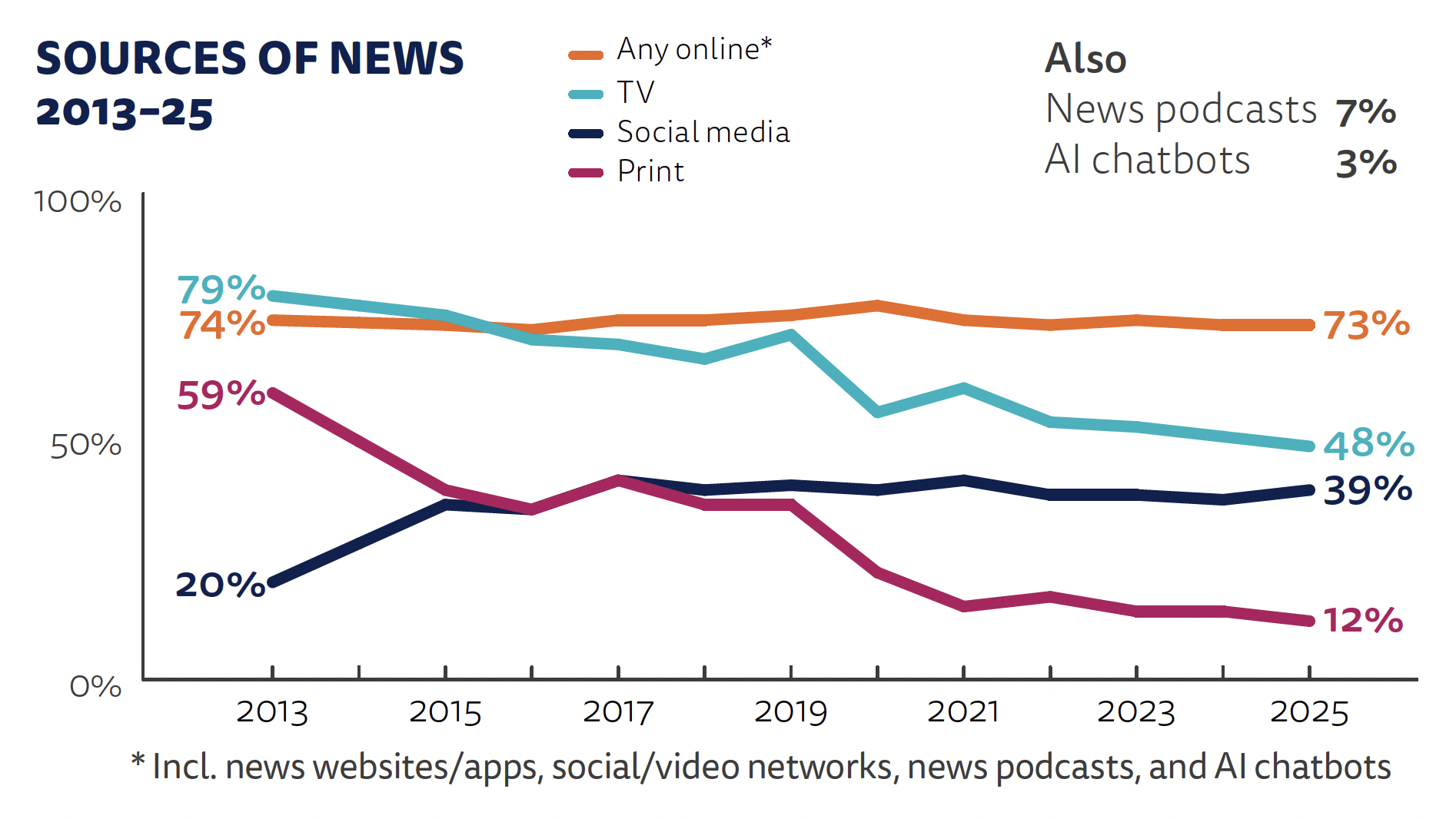
Media fragmentation – A PR opportunity?
The Reuters report said:
“An accelerating shift towards consumption via social media and video platforms is further diminishing the influence of ‘institutional journalism’ and supercharging a fragmented alternative media environment containing an array of podcasters, YouTubers, and TikTokers.”
‘Legacy media’ has been learning from these competitors. It has spurred innovation in news and analysis delivery, with media brands experimenting across editorial formats, distribution (from Whatsapp channels to LinkedIn newsletters) and competing across multimedia digital platforms.
What does this mean for PR tactics?
The humble press kit, with assets a journalist might find useful such as executive headshots and biogs, company history and annual reports, has been around forever. It is still useful to journalists.
But do static images and documents tell the full story in a multimedia storytelling landscape? YouTube and TikTok are taking bigger slices of the news audience.
By providing access to a library of mixed media we may be increasing Earned coverage across a range of platforms, published by media brands trusted by our key audiences. This wont be suitable in all circumstances, but when not heavily branded and used to illustrate and add context to a news story, it is worth experimenting.
Which media titles matters most?
‘Legacy media’ still have an important role to play in influencing external stakeholders. While national brands, like those listed in the report, will reach a mainstream audience, most corporate PRs have a very defined B2B target audience who can be best reached through specialist – even niche – publications.
At GT, we have already seen an increase in media opportunities from publication-related platforms like trade podcasts.
Most trusted news media brand in the UK:

(60%)

(57%)


(=56%)
Most popular news podcasts in the UK:


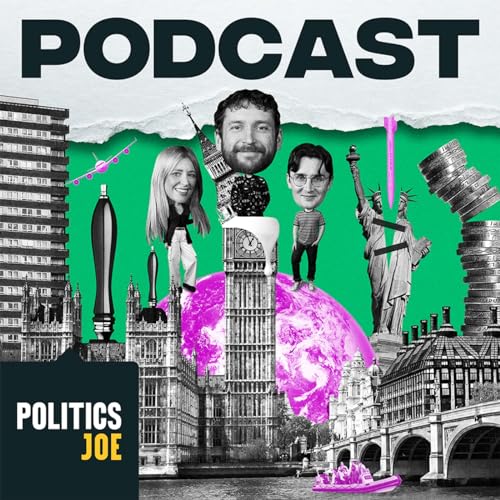
Most popular social media for news in the UK:

(63%)

(54%)

(24%)
Influencers, through a different lens
While most Head of PR and Communication chiefs know those niche audiences are also found in online (social media) communities, they consider influencers in a very different way to trade journalists.
As a former journalist myself (for both trade titles and national newspapers), I am keenly aware of the differences.
However, I urge our clients to consider journalists as the first influencers. By identifying new, potentially overlooked influencers (whether brands, blogs or individuals), we can build a more comprehensive PR Plan.
Too many PR professionals consider social media monitoring tools solely in the context of crisis comms. This is a shame.
There is real power in digging into the data using the latest tools to influence everything from audience segmentation, communication language and tone of voice, to influencer relations.
In terms of the Reuters Digital News Report, it found that while personalities and influencers are driving news agendas and influencing news narratives globally (especially in the US), UK audiences seek news from impartial sources who provide deep analysis and information-focused content rather than opinionated hosts.

Generative AI is a source of news for the first time
The Digital News Report 2025 said:
“Everywhere there are common challenges around the pace of change and how to adapt to a digital environment that seems to become more complex and fragmented every year. Increasing the uncertainty is the emergence of generative AI as a source of news for the first time”
“The growth of video-based networks like YouTube and TikTok, highlighted again in this year’s report, is encouraging the trend towards personality-led commentary, much of which is partisan, and which many worry is squeezing out facts and making it harder to separate truth from falsehood.”

The Reuters report mentions the rise of misinformation (inaccuracy arising from a mistake) and disinformation (intentionally misleading to create a false narrative or perception) as a result of increasingly sophisticated generative AI at many more people’s fingertips.
In my experience, too many PR and Communications leaders underestimate the threat from AI-generated misinformation or disinformation to wreak devastating brand reputational damage.
For financial services or professional service companies, the damage to societal and market infrastructure could be considerable, yet alone to share price risk.
So what should PRs do about this risk? At GT, our crisis communications work includes social media and AI risk mitigation strategies, frameworks and decision trees.
What AI-generated news summaries means for corporate SEO and influence?
Generative AI poses a threat in myriad ways to news publishers, many of which you will know. What this prompts for PR professionals are questions around how to influence the information that AI prompts could surface about a brand. Then there are AI-generated news summaries such as Google AI Overview or those AI ‘walled gardens’ within news websites.
Only this week I had a conversation with an international client about where AI search draws its results from – such as Wikipedia and Reddit – and therefore how best to influence this across the PR and SEO strategy.
This fragmented media landscape is demanding of PR and Marketing executives to provide every channel, all the time content. Where this is not suitable or practical, there is a need for multi-channel awareness and monitoring if not publishing activity.

Caveat Corner
The report’s data was collected from “the middle of January to the end of February 2025.”
This means it’s a reflection of 2024 news, and wont include the current affairs gyrations of H1 2025 that we’ve just lived through.
This may have a significant impact on news consumption patterns – but we must wait to see it reflected in the Reuters 2026 report.
Need specialist corporate social media support?
GT offers best-in-breed social media marketing capabilities combined with an unrivalled depth of sector expertise, regulatory awareness and sensitivity to corporate risk mitigation.






